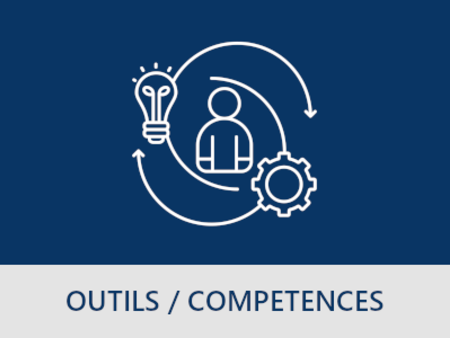The microbiome at the land-sea interface: Influence of variable river inputs in shaping coastal communities from daily to pluri-secular scales.
Coastal ecosystems, influenced by both oceanic and terrestrial factors via river inputs, are dynamic and complex zones. My thesis investigates the consequences of variable river inputs on coastal ecosystems, with New Caledonia serving as a case study due to its unique characteristics: a distinct subtropical climate with contrasting wet and dry seasons, soils rich in metals from geological formations, and clear, non-overlapping human pressures. These variations in river inputs can stem from natural factors (e.g., seasonal cycles, extreme climatic events) and anthropogenic activities (e.g., industrial pollution), affecting the quantity and composition of inputs into the marine environment. The consequences of these inputs have been assessed by exploring the response of microbial communities using current and ancient environmental DNA alongside their environments. Each chapter of my thesis has allowed me to understand the variability and the processes induced by river inputs at different spatiotemporal scales:
Chapter 1 studied the short-term response of planktonic communities (protists and bacteria) to a massive river input caused by a tropical cyclone, revealing the spatial and temporal extent of the perturbation and the incomplete resilience of coastal areas after six days.
Chapter 2 investigated the spatial variability induced by different riverine inputs, showing variable metallic and mineralogic composition of the sediment related to the geological features of New Caledonia. These distinct soil types in the adjacent watershed significantly influence protist communities in surface sediment near the river mouth, highlighting the terrestrial influence.
Chapter 3 examined the consequences of anthropogenic pressure, focusing on the world's first nickel mine in the Thio basin on New Caledonia's East coast. The use of sedimentary ancient DNA allowed the study of the temporal variations of protist communities in the last centuries and associating it with the history of this exploited watershed.
Chapter 4 explored the connections within the land-sea continuum, focusing on fungal communities. The study of soil, water, and sediment samples allowed to understand part of the community variability in space and time, and mostly highlighted the strong linkages among different parts of the continuum by the presence of terrestrial taxa in marine areas.
My thesis thus combines approaches at different spatial and temporal scales and a diversity of tools to understand the impacts of these various modifications, from the most punctual and intense, such as those induced by a cyclone, to the longest term, by exploring the influence of the mining industry over several centuries. In so doing, my work will provide a better understanding of the consequences of various impacts on coastal ecosystems and their resilience, as well as fundamental knowledge in the context of global change and the intensification of human activities.




